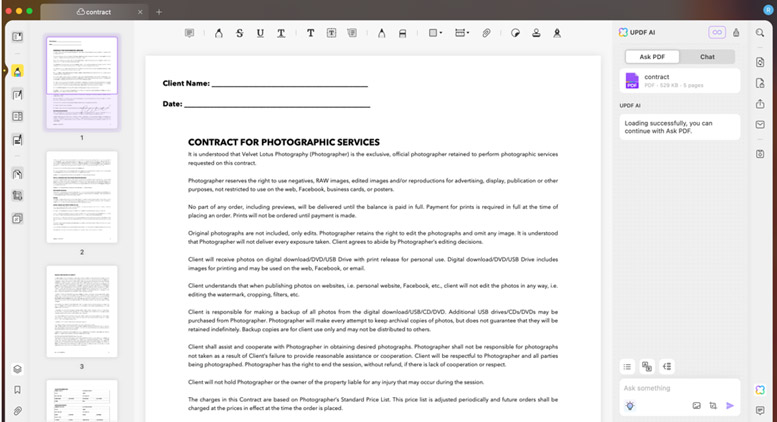Blurring the lines between business and personal data
Existing barriers between business and personal data are fading
Somewhere between customer necessity and a point of inevitability, the distribution of pervasive services is leading to a convergence of the once isolated realms of personal and business data.
Vendors are architecting applications, operating systems, standards, devices, and tools to cross streams of information and processes to multiple points and environments as never before.
With industry heavyweights such as Microsoft Chairman and Chief Software Architect Bill Gates pushing the envelope of fusing services, devices, and connectivity at CES last month, momentum is building toward that goal.
The intersection of these areas, however, is not without risk or concern. Geographic and interoperability technology limitations coupled with issues such as privacy and security linger, said Phillip Redman, research director at Stamford, Conn.-based Gartner Group.
He said there are four main areas of convergence: adoption of home PCs, cell phones, Internet and broadband connectivity, and wireless access.
“People are getting used to things always on at the home. They’re entertaining it out to mobile environments wherever that may be, in the car or at the supermarket,” Redman said. “You start noticing that you use some similar tools at home and work, and you want more access back and fourth — but there are barriers.”
The concept of mobile “seamless handoff,” which is maintaining connectivity while moving between disparate connections such as LAN and WAN environments, is difficult, Redman added.
Yet vendors are proving up to task. Last month, Avaya, Motorola, and Proxim announced a partnership to build a Wi-Fi cellular phone that will bridge the LAN-to-WAN cavern to support unimpeded voice and data services.
Since every cellular phone has wireless data capability through SMS or WAP, Redman envisions a high rate of Internet service adoption over the medium. “People have moved traffic from AT&T and telephone service to writing e-mails; they’re going to do the same thing in cellular for voice messages, data messages, e-mail, short messaging, instant message, all different types of messaging extended into the mobile environment,” he remarked.
Infrastructure providers such as IBM, who create servers and software to link services and devices together, as well as protocols for applications to traverse multiple devices, are at the forefront of the convergence assault.
Steve Wojtowecz, director of strategy for IBM Tivoli in Austin, Texas , said systems and products that enable convergence must address new security and privacy challenges. The implications of authenticating a sender or recipient of requested data or having the capability to profile the built-in identity and location of an individual with a GPS system broaches unchartered waters.
Furthermore, managing transactions in a nonwired world, including PDAs, and paying and non-paying options, requires a ubiquitous back-end and intensive scenario planning to prioritize bandwidth.
“Today you have the ability to dial into a home network and start a server. The home of the future will be smart enough to know [an appliance] is going to croak and automatically deploy a repair person or turn on an oven before you get home,” he said.
In a few years, Tivoli envisions a scenario where a large home security company will have the capability to manage servers and firewalls on the back end, while delivering portal services attached to cameras and sensors in the home.
But vendors must resist replicating existing business applications and instead cater to different navigating and data expectations of a mobile user, according to Kaiser Mulla-Feroze, senior product marketing manager for San Francisco-based Salesforce.com.
“When someone is on the road, they’re looking for very specific information. They don’t want to go around surfing on a Blackberry or iPaq; they want that information pushed to them and made available,” said Mulla-Feroze. “I think a lot of these devices can do a lot more than has been exploited so far.”




